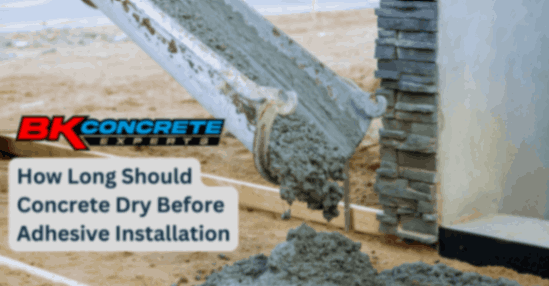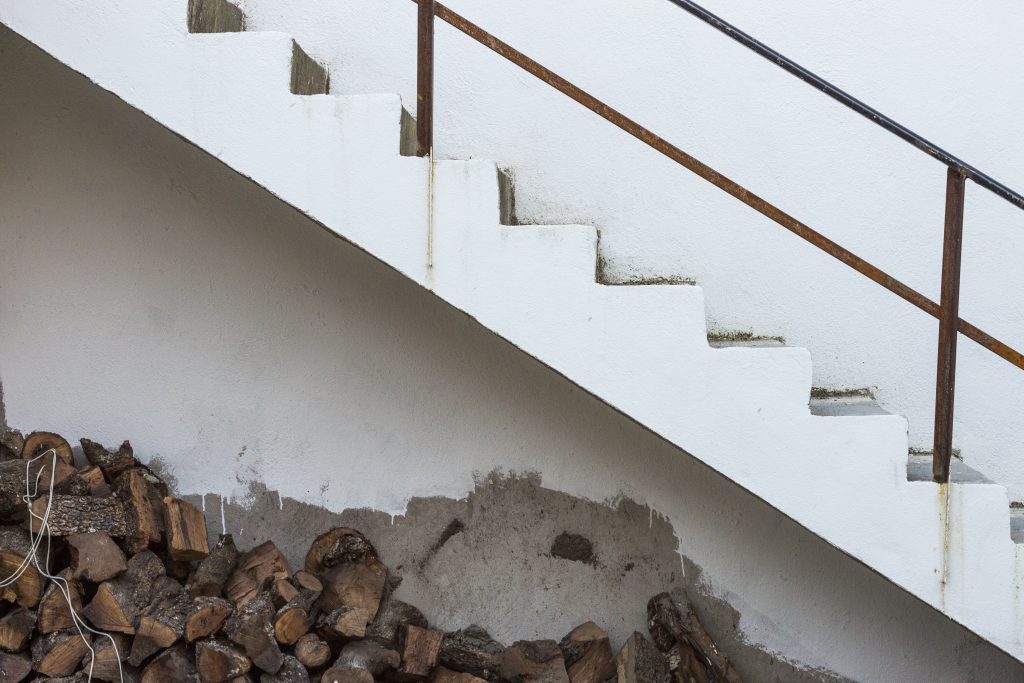Porch foundations are integral to the stability and longevity of a home’s outdoor structure. Issues like settling, cracks, or rot can compromise the safety and aesthetic appeal of a porch. Therefore, timely and effective foundation repair is essential to maintain both the value and the structural integrity of the property. Homeowners must proactively address any signs of wear or damage to ensure that their porch remains a sturdy and welcoming feature of their home.

Various methods are available for repairing a porch foundation, ranging from more traditional techniques to modern solutions like helical piers. Each approach has its own set of advantages and suitability, depending on the severity of the damage and the type of foundation. It is important to understand these options to make an informed decision about the best course of action for repairing a porch foundation.
Evaluating the condition of the porch is the first step in the repair process. Professionals can determine the root cause of the issue and recommend the most effective repair method, whether it’s reinforcing the existing structure or completely replacing parts of the foundation. Expert advice should be sought to assess the damage thoroughly and to ensure that the chosen repair strategy will properly address the underlying problems.
Evaluating Foundation Issues
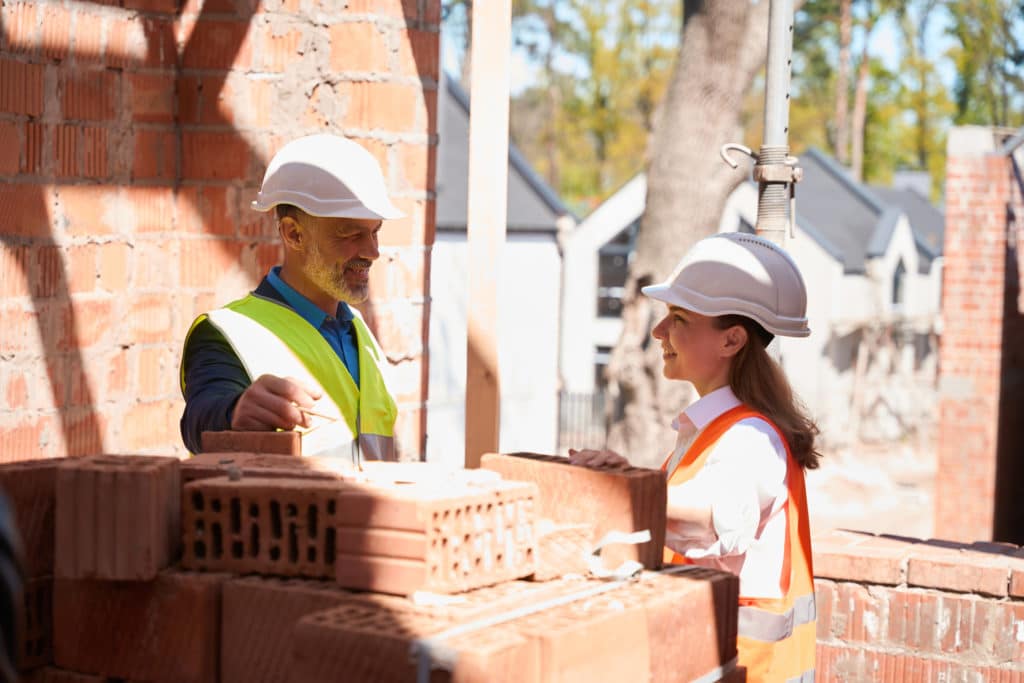
In the examination of porch foundation issues, it is crucial to both identify the common problems and assess the severity of the damage. This step ensures that the necessary repairs are carried out effectively, avoiding future hazards.
Identifying Common Problems
Porch foundations may show various signs of distress. Slanted mortar joints can indicate a settling porch, while cracks in concrete or uneven floors often point to underlying foundation problems. Observing these clues early can prevent them from developing into significant structural concerns.
- Visible Cracks: Small hairline cracks may not always be a cause for alarm; however, large gaps can signify more serious issues.
- Doors and Windows: Difficulties with opening and closing can be symptomatic of foundation shifts.
- Gaps Around Exterior Doors/Windows: These can suggest that the foundation has moved.
Assessing Severity of Damage
Evaluating the severity of foundation issues involves considering the extent and impact of each identified problem.
- Size and Number of Cracks: Small cracks less than 1/4 inch wide are often less urgent, whereas wider cracks indicate a more serious condition.
- Change Over Time: If cracks grow or new ones develop, this suggests progressing issues.
- Trip Hazards: Uneven floors leading to trip hazards are an immediate concern for safety.
Mild severity may only require simple fixes such as sealing cracks, but moderate to severe cases, especially involving trip hazards or a visibly settling porch, could demand extensive repairs like piering or underpinning. These interventions help to stabilize and level the foundation, ensuring the integrity of the porch and safety of its users.
Repair Methods Overview
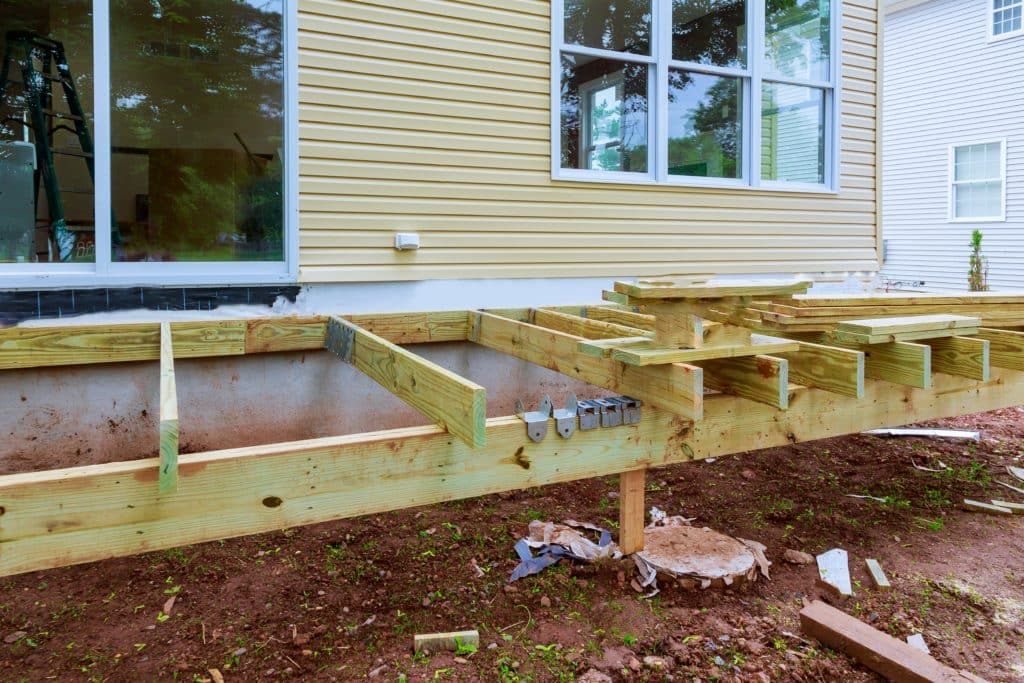
When addressing porch foundation issues, homeowners have several effective repair methods at their disposal. These methods are designed to provide stability, correct leveling issues, and ensure the longevity of the foundation.
Using Helical Piers
Helical piers are a proven solution for stabilizing and lifting foundations which have experienced settlement. They are essentially large steel screws that are driven into the ground until they reach stable soil or bedrock. Once in place, the weight of the porch is transferred to the piers, providing a firm support system.
Applying Slabjacking Techniques
Slabjacking, also known as mudjacking, is a process whereby a concrete slurry is pumped underneath a sunken porch, raising it back to its original level. This technique is not only efficient but also cost-effective, as it eliminates the need for more intrusive foundation replacement.
Injecting Polyurethane Foam
Another method involves the injection of polyurethane foam, an alternative to the traditional mudjacking process. This lightweight and durable material expands upon injection, filling voids and lifting the concrete slab with precision. Polyurethane injection offers a quick cure time and minimal disruption to the surrounding area.
Detailed Porch Foundation Repairs
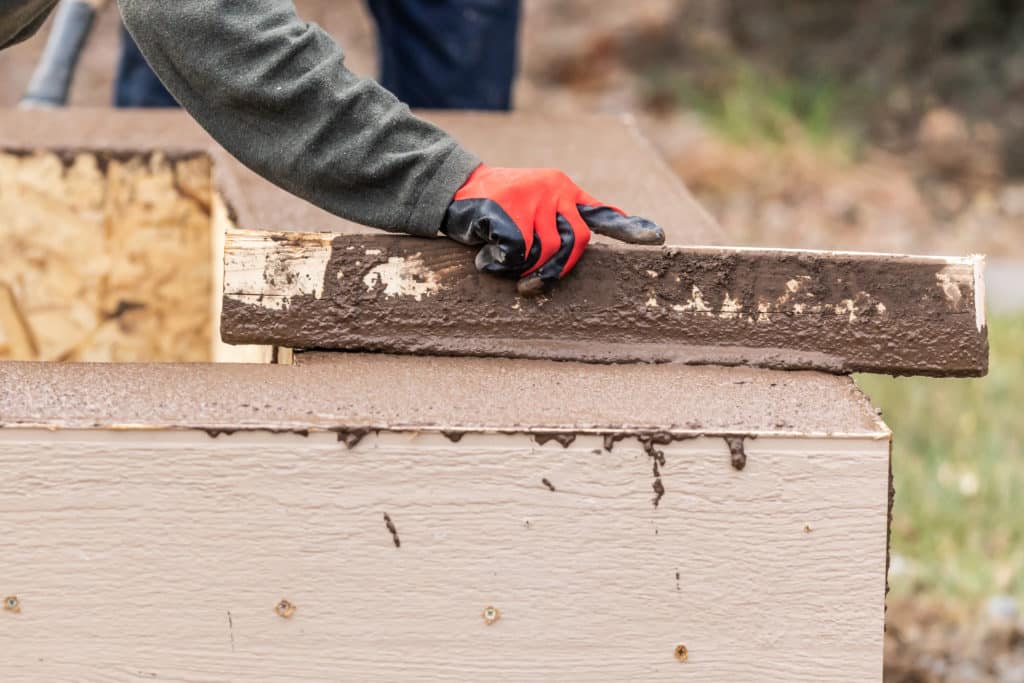
Ensuring the structural integrity of a porch starts with addressing issues in the footings and slope, as well as meticulously repairing rot damage and joinery. These repairs are essential for the longevity and safety of the porch structure.
Fixing Footings and Slope
Footings are the crucial groundwork for any porch, providing stability and support. When they shift or erode, the entire structure is compromised. To correct footing problems, one may employ methods like injectable polymer applications, as discussed on Remodel Porch, which help to stabilize the existing footings. Adjusting the slope ensures proper drainage away from the porch to prevent water damage and soil erosion.
- Assess the current state of the footings for signs of cracks or shifting.
- Address improper slope by regrading the soil around the foundation to improve drainage and prevent water accumulation.
Addressing Rot Damage and Joinery
Rot damage can severely weaken a porch foundation, especially in wooden components. Identifying and replacing decayed sections is critical. For instance, stabilizing structural elements might involve installing steel I-beams or concrete pillars for added support where appropriate.
- Examine wooden parts for soft spots, discoloration, or crumbling, which indicate rot.
- Repair or replace damaged joinery, ensuring new joints are sealed and protected against future moisture intrusion.
By meticulously addressing each aspect of porch foundation repair, from footings to joinery, homeowners and repair specialists can restore integrity and extend the life of the porch.
Material Considerations for Repairs
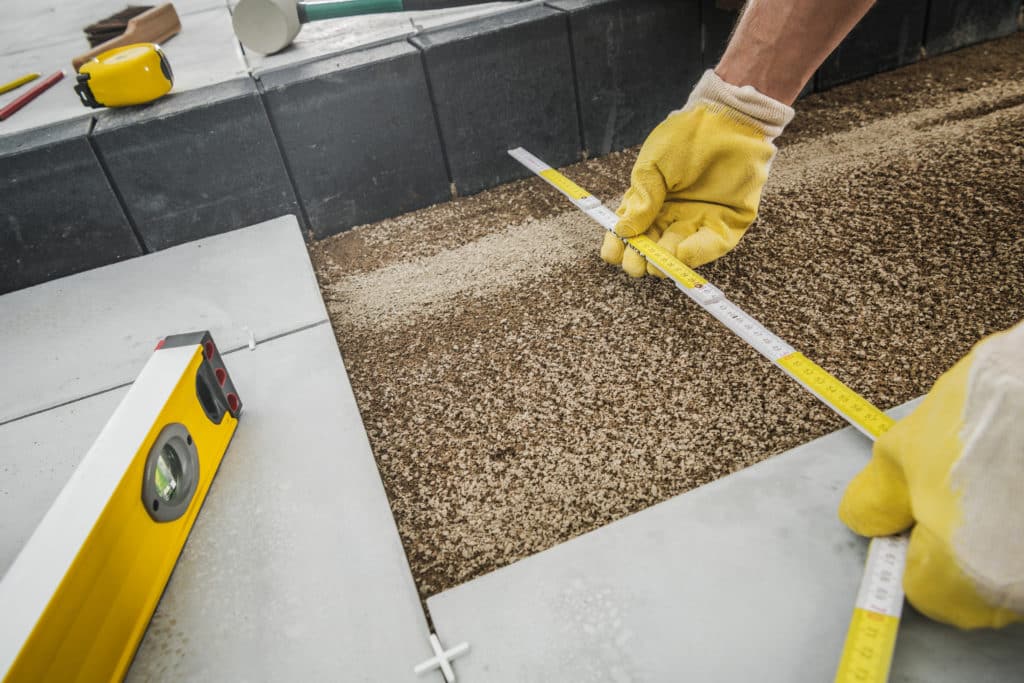
Choosing the right materials is crucial to ensure the longevity and effectiveness of porch foundation repairs. This selection impacts not only the durability of the repair but also its adherence to the existing structure.
Selecting the Right Materials
When embarking on porch foundation repairs, one must consider materials that are compatible with the existing foundation. Commonly, repairs might involve the use of steel I-beams for stabilization or helical piers to address issues with soil settlement. Materials should be chosen based on the specific conditions of the porch and its foundation, taking into account factors such as load requirements, weather conditions, and the surrounding environment.
For minor repairs or cosmetic issues, materials like wood may suffice, especially for historic homes where maintaining the original appearance is important. On the other hand, significant structural repairs may necessitate more robust materials such as concrete pillars or PowerBraces to ensure the safety and integrity of the porch.
Understanding Epoxy and Concrete Options
Epoxy and concrete play vital roles in the repair of a concrete porch foundation. Epoxy is often used as an adhesive or a filler for cracks due to its strong bonding properties and its ability to withstand a range of temperatures. Different types of epoxy resins are available, tailored for specific types of damage and exposures.
Concrete, on the other hand, is frequently the material of choice for more extensive repairs or when replacing sections of the porch slab. Techniques such as slabjacking or pressure grouting can lift and stabilize a sunken concrete porch, filling any voids beneath the slab and restoring the foundation to its original level. Additionally, repair approaches like injectable polymer applications can address the problem of a porch pulling away from the house by filling gaps and re-securing the porch to the main structure. When selecting concrete for repairs, one should be mindful of the mix design, curing time, and the compatibility with the existing foundation for optimal results.
Maintenance and Prevention
Proper maintenance and prevention strategies are essential for the longevity of a porch foundation. They save homeowners from costly repairs and ensure the structural integrity of the porch.
Regular Inspection and Upkeep
Routine Checks: Homeowners should conduct periodic inspections to spot early signs of wear and tear, which could include cracking, unevenness, or water damage. The importance of regular maintenance ensures that minor issues can be addressed before they escalate into major problems.
- Seasonal Maintenance: At least twice a year, one should check the foundation for any changes that could indicate structural issues. This is particularly critical after extreme weather conditions.
Professional Services Certification
Qualified Professionals: It’s advisable to hire professionals for a comprehensive evaluation, especially for structural inspections. They provide expert services and can offer certifications that could be required for home insurance or selling the house in the future.
- Better Business Bureau (BBB) Accredited Services: Select a service provider that is BBB accredited to ensure they meet the standards of professional and ethical business practices.
In conclusion, adhering to a schedule for Regular Inspection and Upkeep and engaging with BBB accredited Professional Services Certification not only ensures proper maintenance but also provides peace of mind that the porch foundation will remain sturdy and reliable for years to come.
Cost Estimation and Professional Consultation
When it comes to porch foundation repair, understanding the potential costs and the importance of engaging with certified professionals is crucial. Homeowners must be prepared for the financial implications while ensuring that they enlist skilled experts evaluated by institutions like the Better Business Bureau.
Calculating Repair Expenses
Foundation repair expenses can vary significantly depending on the severity of the damage and the methods required for repair. On average, costs may range from $2,000 to $7,500, with national norms around $4,500. Homeowners should start by inspecting the extent of the damage and considering the following common repair cost factors:
- Crack repairs: Minor cracks can be less expensive while more substantial fractures in the foundation may increase repair costs.
- Leak repairs: If water intrusion is involved, the cost can go up due to the need for waterproofing measures.
- Settling or sinking repairs: Extensive damages like a sinking foundation require more complex solutions, like underpinning, contributing to higher costs.
To prepare an accurate budget, homeowners can reference detailed guides such as the one provided by This Old House or the information offered by Forbes, which outline average costs and repair procedures.
Hiring Qualified Professionals
Selecting the right contractor for the job is as important as understanding repair costs. Professionals with a solid track record, positive client feedback, and accreditation from the Better Business Bureau tend to be reliable choices. Homeowners should seek professionals who provide the following:
- Credentials: Verification of licenses, certifications, and insurance is essential for ensuring quality workmanship.
- Experience: Experienced contractors can accurately evaluate the foundation and suggest the best repair methods.
- Estimates: A detailed estimate from the contractor helps avoid unexpected costs and provides a clear scope of work.
- Warranty: A professional committed to quality will often offer a warranty for their services, providing long-term peace of mind.
Finding a trustworthy professional can be facilitated by checking resources like Bob Vila that discuss the nuances of foundation repair and vetting experts in the field.

 CALL US NOW
CALL US NOW